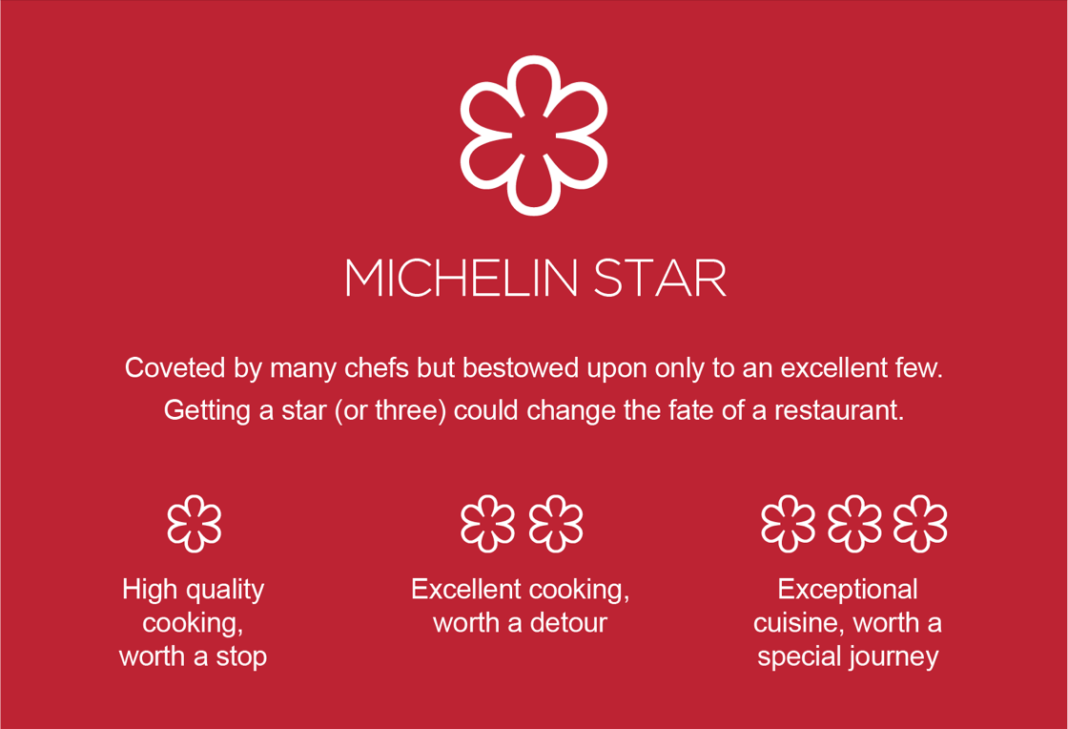Last week a taco stand in Mexico City received a Michelin star, but before providing a link, let’s define our terms.
Michelin’s guides first appeared in 1900, as compiled by the French tire company so as to persuade its customers to drive a great many kilometers, and consequently to replace their tires more often.
Then as now, travelers wanted to know where to dine, and a side hustle developed wherein a system of stars became the tail wagging the guide book’s dog (of course, preserving the traditions of French cuisine was a founding conceit).
The Michelin Guide itself explains.
A Michelin star is awarded to restaurants offering outstanding cooking. We take into account five universal criteria: the quality of the ingredients, the harmony of flavours, the mastery of techniques, the personality of the chef as expressed through their cuisine and, just as importantly, consistency both across the entire menu and over time.
During more recent times, as the self-identification of “foodie” became paramount, problems with Michelin starring became a common topic of discussion, with the list of charges leveled against Michelin’s rating system including bias and cultural imperialism, as well as the behavior of boorish checklist diners.
Michelin, Get Out of the Kitchen!, by A.A. Gill (Vanity Fair)
Off the record, one starred chef told me that he dreaded its annual publication not because he might lose his status but because for the next month the booking would be full of customers with faces like smacked bottoms who complained about everything.
Now, to Mexico City and a tiny street food dispensary.
Fans queue round the block as tiny Mexican taco stand wins Michelin star, by Thomas Graham (The Guardian)
El Califa de León, an unassuming taco joint in Mexico City, measures just 3 metres by 3 metres and has space for only about six people to stand at a squeeze. Locals usually wait for 5 minutes between ordering and picking up their food.
All that changed on Wednesday, however, when it became the first Mexican taco stand ever to win a Michelin star, putting it in the exalted company of fine dining restaurants around the world, and drawing crowds like it has never seen.
I’ve reread the Michelin star criteria above. Obviously we all have experienced any number of barbecue shacks, seaside clambakes and ramen kiosks displaying adherence to the same quality as El Califa de León’s tacos. I suppose in some ways this taco star is good, and Michelin should be congratulated for widening its sample size.
At the same time, as a hungry contrarian, I find all of this starring exhausting, and in many respects pointless. My favorite quote from The Guardian’s news story comes from a competing Mexico City taco stand owner.
“It’s a bit controversial, choosing just this one taco stand. Everyone has their favourite taco – it depends where they’re from.”
Hard to argue with that logic, although I often do. Today I’m not in the mood, having been depleted of pickled herring to buttress the morning coffee. This seems like a fine time to issue a reminder of why I often find it useful to stand off to the side, inobtrusively munching tacos, when certain code words are deployed.
Edibles & Potables: “I got food, but I’m not a foodie” (2020)























